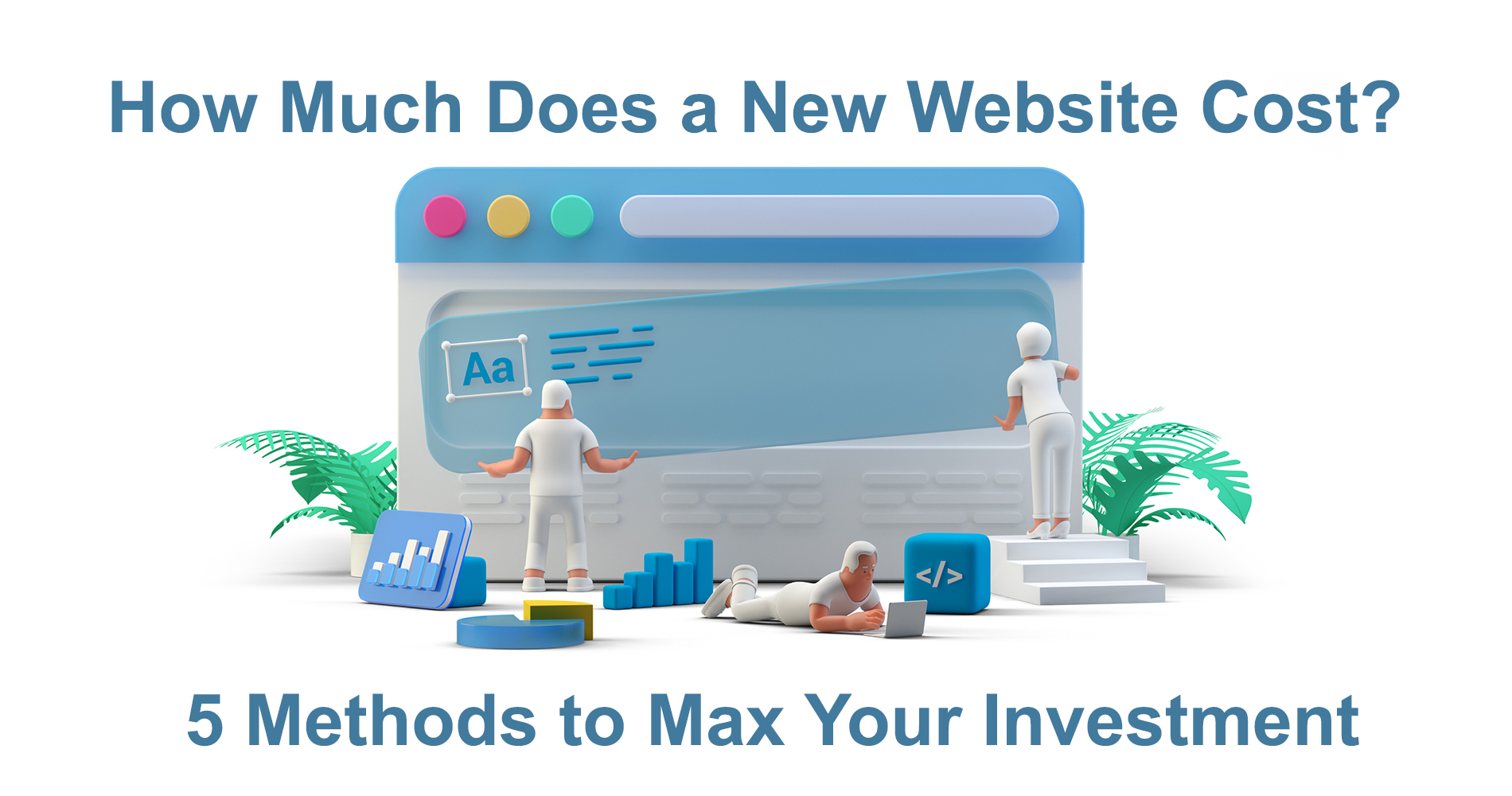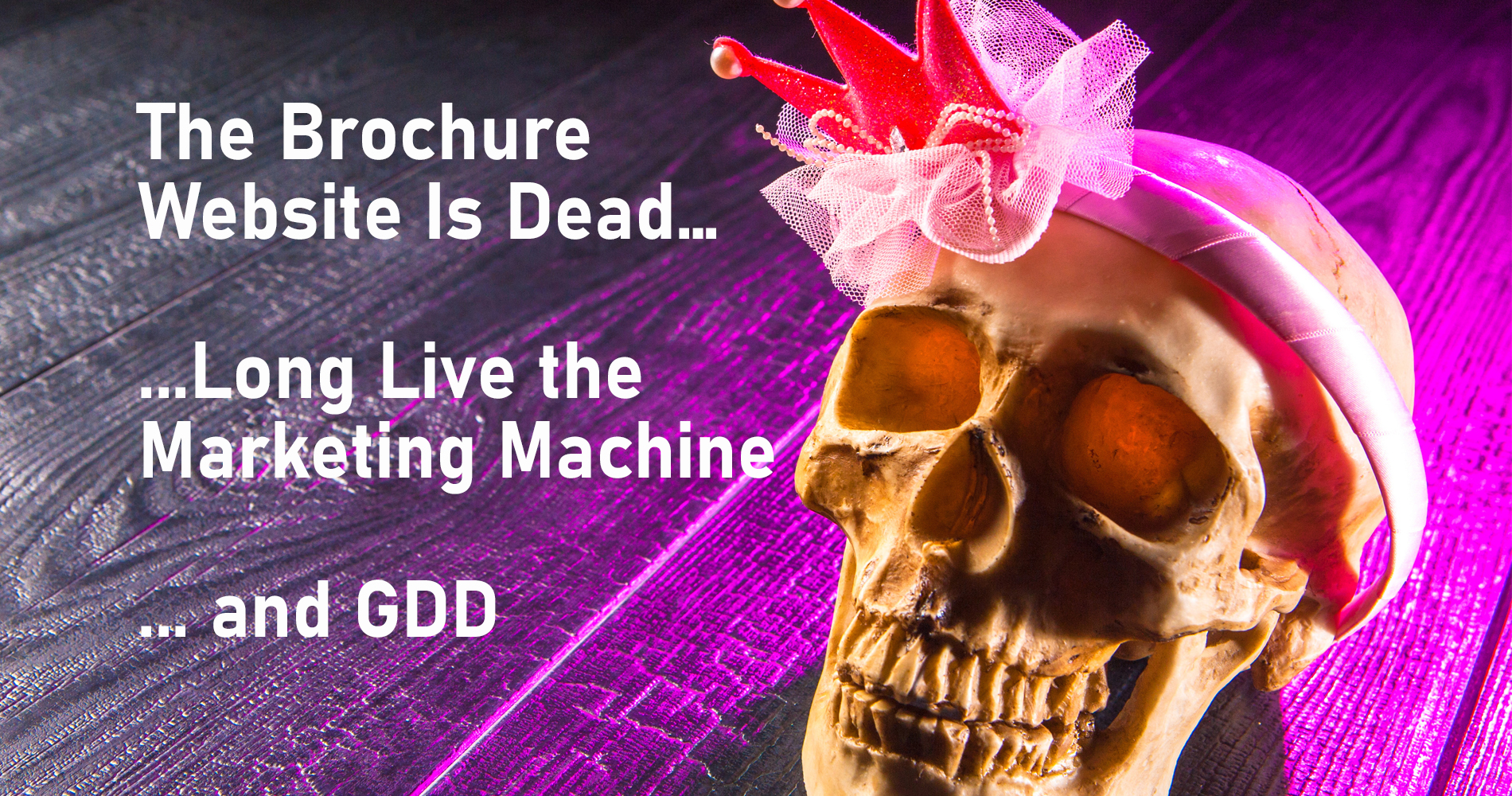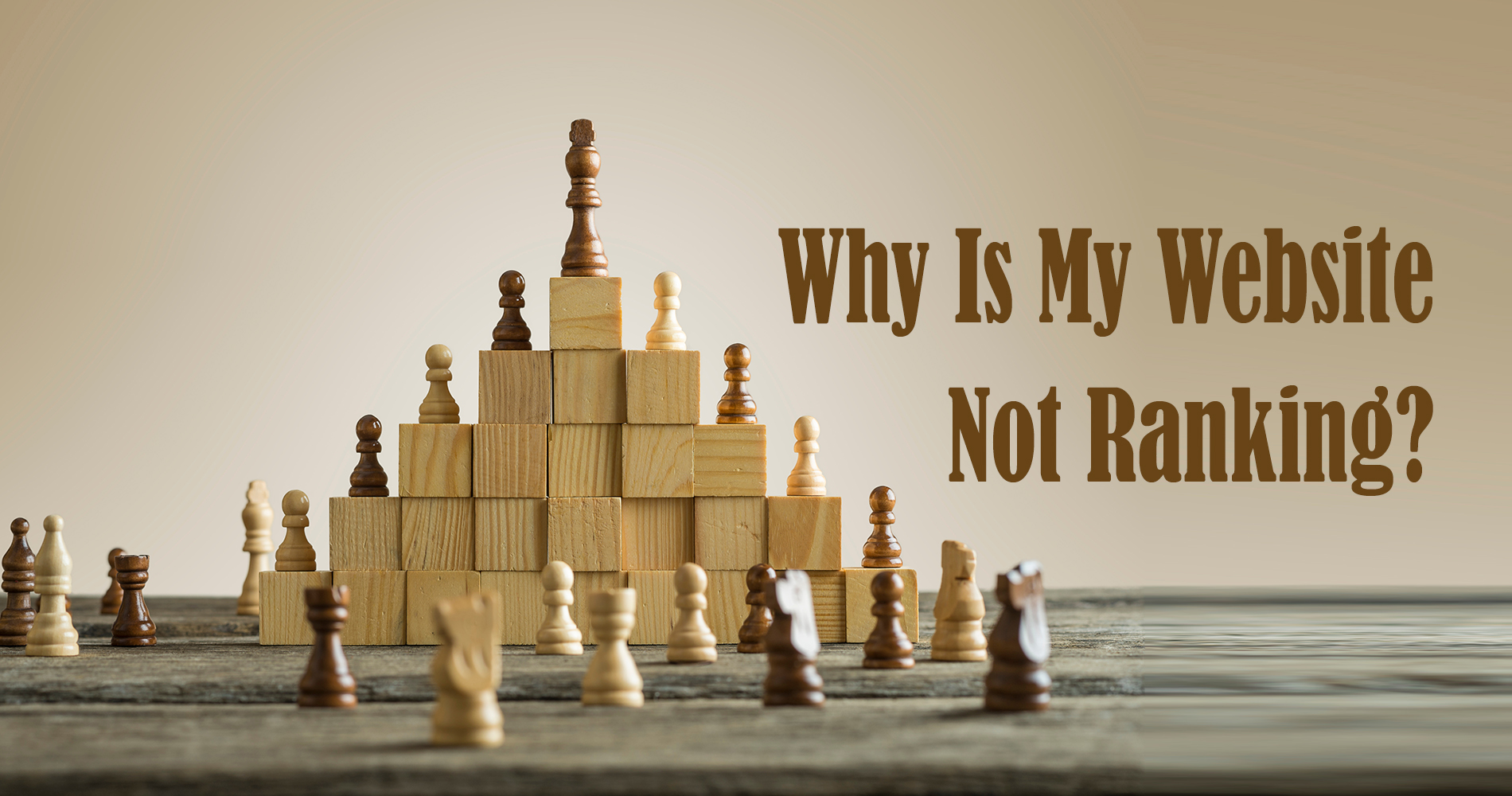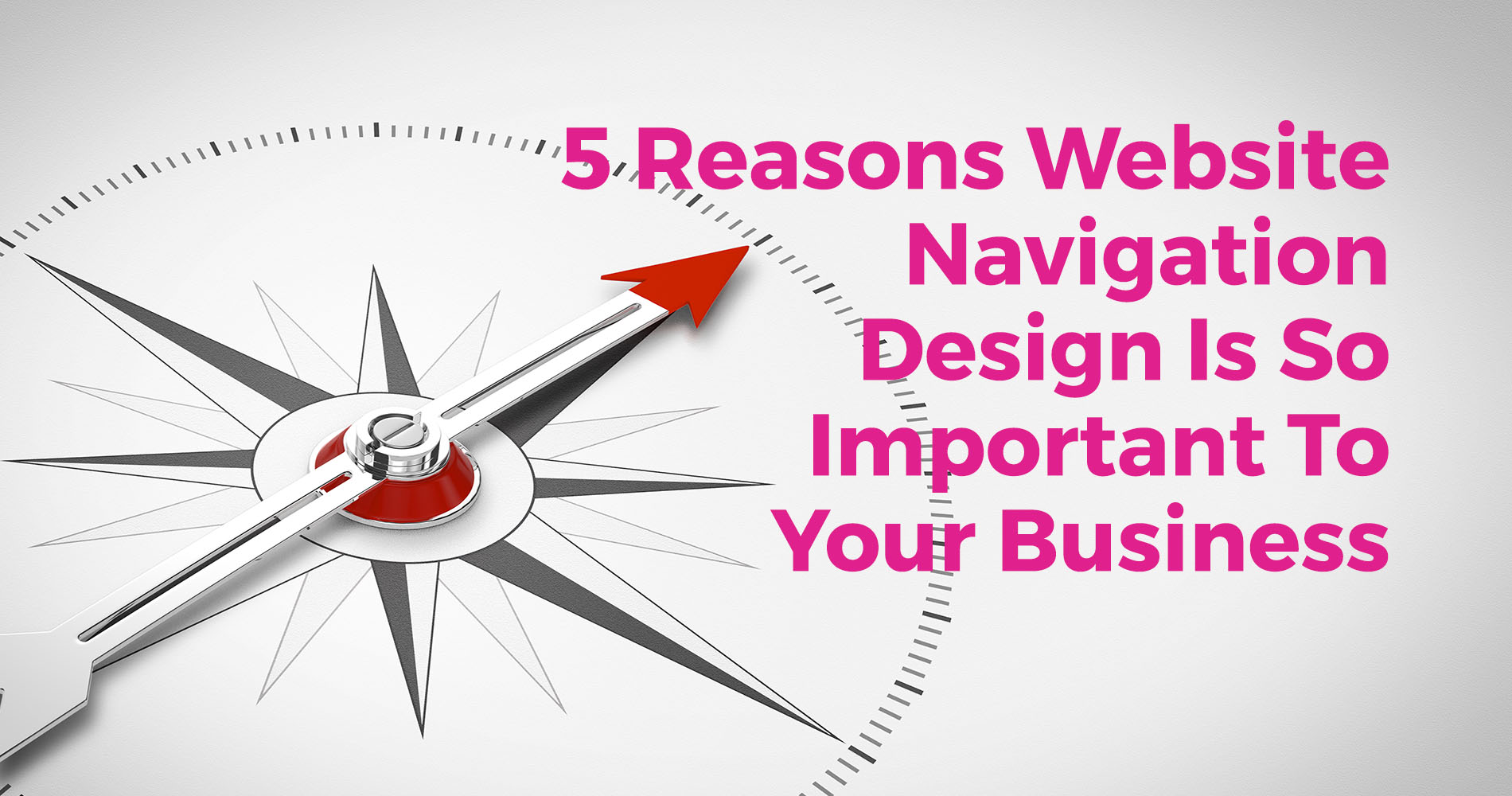There is no one-size-fits-all answer when it comes to the cost of building a new website for your business. The price tag will depend on factors such as the type and platform of the website. With that said, industry averages suggest that a ‘basic’ website could cost up to £1200, while a more advanced website with added functionality could set you back tens of thousand of pounds.
Before you launch your website, it's important to understand that your website's price tag does not reflect its true value. A website is not a "set it and forget it" type of deal - after you launch it, you should still put effort into it so it doesn't become outdated or stale.
Here are five ways to get the most out of your website investment:
1 Use social media To Your Advantage
There are a lot of potential customers on social media who could be finding you if you were more active on these platforms. By being more active, you can connect with more people and build relationships with potential customers. Additionally, you can use social media to share your brand story and connect with people who might be interested in what you have to offer. If you're not active on social media, you're missing out on a big opportunity.
If you're not careful, your social media accounts can become a liability rather than an asset. A neglected social media strategy could result in prospects finding your profiles, realising you don't tweet regularly, and never following up. As a result, they could quickly lose interest in your business.
To avoid this, it's important to be proactive and intentional with your social media strategy. Set goals for what you want to achieve, and then create content and activities that align with those goals. Be sure to post regularly, and engage with your audience to build relationships. With a little effort, you can turn your social media accounts into a powerful marketing tool.
2 Publish Engaging Blog Posts
If you want to succeed in content marketing, you need to have a strategy. This is especially true if you do not already produce content. A content marketing strategy will help you to determine what kind of content to produce, how to promote it, and how to measure its success. Without a strategy, it will be difficult to make your content marketing efforts pay off.
Your blog shouldn't be a ghost town with a new post every few months - that's not going to cut it. Keep your blog active and engaging by regularly posting informative content that addresses your readers' pain points. Provide value to readers while selecting the most relevant keywords for your blog content. Choosing the right keywords will help your website rank in search engines, like Google. The result is more traffic, which ultimately leads to more sales.
By writing helpful, authority-building content, you will increase the chances that your website's readers will turn to you the next time they need help solving a problem. When you use content marketing effectively, you're likely to increase bookings, purchases, reservations, and submissions. This is exactly what you'd like your audience to do, and your campaign has been designed to produce these results. Keep up the good work and you'll see your desired outcome in no time.
3 Create Inspiring Inbound Marketing Strategies
Inbound marketing is a strategy that centers on drawing customers to your company, instead of seeking them out. This is done through creating compelling content that pulls people towards your brand, rather than pushing sales messages at them. Once you have attracted someone to your company, you can then nurture them through the sales process until they are ready to buy from you. Inbound marketing is an effective way to build new, qualified leads, and can be used to supplement other marketing activities.
There are many ways to increase traffic to your website, but one of the most effective is to use inbound tactics and methodical inbound campaigns. By creating content that is interesting and useful to your target audience, and then promoting that content through social media and other channels, you can attract visitors to your site and convert them into customers or leads. Inbound campaigns require careful planning and execution, but they can be a very effective way to grow your business.
Inbound marketing tactics, campaigns and software can help increase website visitors and leads by up to three times, according to reports. Inbound software such as HubSpot also allows you to track how each lead interacts with your website, so you can make changes as needed.
Using your website to attract leads so you can nurture them is a great way to increase sales. Growth-Driven Design (GDD) can be used alongside inbound marketing, or you can adopt GDD as a strategy.
By using GDD and inbound marketing, you can avoid having the same website failure for a prolonged period of time. GDD is a great way to constantly improve your website so it's never "finished." You can apply data insights to your website and marketing campaigns to make sure they are always improving. Bookmark this guide if you want to use GDD to improve your website.
4 Boost Your Ranking With SEO
Good SEO is essential for any website looking to rank highly in search engines, but it's not just about using the right keywords. To make your website investment pay off, you also need to create content that engages users, build a strong link profile, and deliver an unbeatable user experience. SEO is an ongoing process, and you need to stay on top of it to ensure your website doesn't fall behind. Google is constantly tweaking its algorithm, so you can't afford to make any mistakes that could cause your website to lose ground in the search results.
The process begins well before the launch. An example would be:
Identify Redirects
If you're redesigning an old website, it's important to map out a page for each old URL so you can redirect users to the correct page if they accidentally navigate to your old site. This will help ensure that users can still find the information they're looking for, despite landing on the wrong page.
Navigation
Designing your website's navigation can be tough- you want to make sure it fits the design while also attending to what your customer wants. It's important to keep in mind that your customer's needs should always come first, as they are the ones who will be using your site the most. Try to make the navigation as user-friendly as possible so they can easily find what they're looking for without getting frustrated and giving up entirely.
Test continuously
It's important to test for usability before launching your product or website. This way, you can be sure that it will be successful. Test on different browsers and devices, and check for readability. This will help you ensure that you're on the right track.
Meta descriptions and title tags
We know that it's tempting to want to cut corners in order to get your website up and running as quickly as possible but avoid doing this at all costs. It will only end up costing you more time and money in the long run. One way to avoid having to do this is by making sure that every page on your website has keyword-optimised title tags and meta descriptions. This might seem like a small thing but it really makes a difference when it comes to search engine optimisation and potential customers being able to find your site. So, take the extra time now to do things right and you'll thank yourself later!
Responsiveness
Mobile-first indexing means that your website will be ranked more highly in search engine results if it is mobile-friendly. A responsive website is one that changes its appearance slightly to provide a better experience for mobile users. If you want to make sure your website is mobile-friendly, consider using a responsive design.
But then it goes one step further. After you've done all the keyword research and created relevant, engaging content, you need to make sure you're set up with Google Analytics and Google Search Console so you can track your website's progress. You also need to continue fixing your website and implementing 301 redirects as needed. Additionally, you need to be vigilant and regularly check your website for any broken links or pages, and continuously create new relevant content to keep users engaged.
If you're not sure whether investing in SEO is worth it, consider this: it's estimated that businesses that invest in SEO see an average ROI of 545%! That means for every dollar you invest in SEO; you can expect to see $5.45 back in return. Of course, results will vary depending on your industry, location, and other factors, but there's no denying that SEO is among the most effective investments you can make for your business. Not only will it help you attract more customers and grow your business, but it'll also improve your bottom line. So, if you're on the fence about whether or not to invest in SEO, the answer is a resounding yes!
5 Use Email Marketing to Promote Your Business
Email marketing is one of the most powerful tools you've got you can use when it comes to driving conversions. This is because potential customers are more likely to remember and take action on something they've received in their inbox than something they see while scrolling through social media or reading an article.
Content marketing, SEO and social media are all important pieces of the puzzle, but email marketing is the key to driving conversions.
Did you know that on average, only 3% of people who receive your emails will click on the link to visit your website, while the average click-through rate for a tweet is only 0.5%? That means that your email marketing strategy is six times more likely to get someone to visit your website than using Twitter. Furthermore, sending email to nurture leads allows you to already have a database of people who are interested in hearing from you.
You can increase website traffic and conversions by offering visitors a way to sign up for your email newsletter. By including an incentive like a free eBook or discount, you're more likely to capture their attention and interest. Even if they don't visit your website right away, once they opt-in to receive your marketing materials, you can send them different offers or promotions to different areas of your website. By nurturing your prospects, you can eventually convert them into paying customers.
A new website is a significant investment, and it's important to make sure that it's worth your while. Utilising tactics like content marketing, search engine optimisation, and social media marketing can help you get the most out of your investment. If you let your new website sit without maintaining it, you're likely to see little to no return on your investment.






